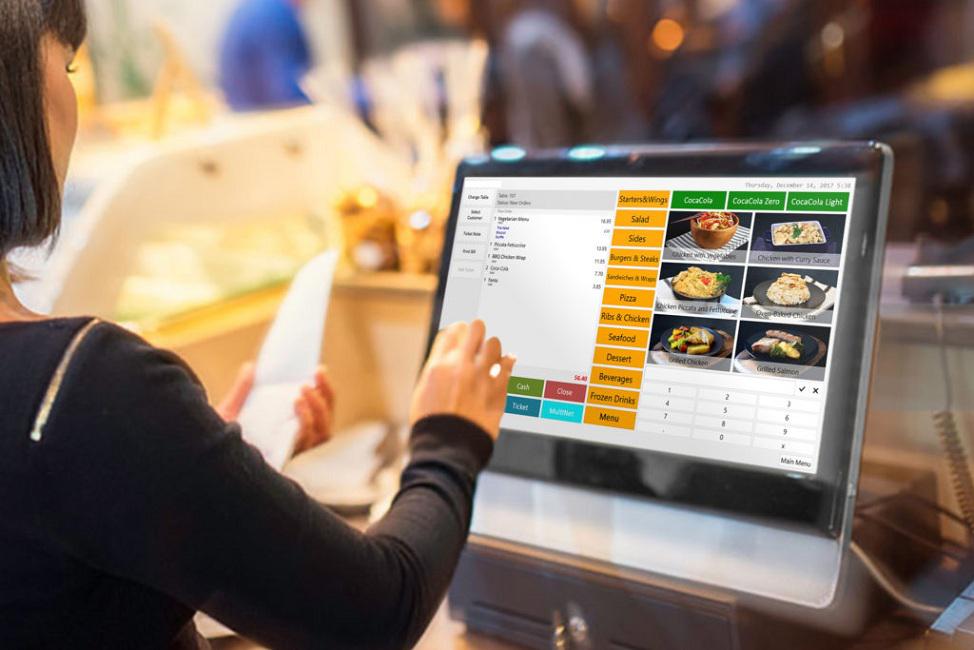Selecting the right restaurant operating system is a critical decision that can greatly impact the efficiency and success of your business. With numerous options available in the market, it’s important to carefully evaluate and consider various factors before making a choice. Here are some key considerations to help you choose the right restaurant operating system for your business:
Identify Your Business Needs: Start by assessing your specific business requirements. Consider the size and type of your restaurant, the complexity of your operations, and the areas where you need improvement. Do you need better table management? Are you struggling with inventory control? Do you require detailed reporting and analytics? Understanding your needs will help you prioritize features and functionalities while evaluating different operating systems.
Scalability and Flexibility: Consider the scalability and flexibility of the Restaurant OS. Ensure that the system can grow and adapt as your business expands. Look for a solution that can accommodate multiple locations, handle increased order volume, and integrate with other software and hardware solutions. Scalability and flexibility are vital for long-term success and avoiding the need for costly system replacements down the line.
User-Friendliness: The ease of use of the operating system is crucial for smooth implementation and employee adoption. Look for a user-friendly interface with intuitive navigation and clear instructions. A system that requires extensive training and has a steep learning curve may hinder productivity and cause resistance among your staff. Choose a solution that minimizes the time and effort required for training and onboarding.
Integration Capabilities: Ensure that the restaurant operating system can seamlessly integrate with other essential systems such as POS, online ordering, inventory management, and payment processors. Integration eliminates manual data entry, reduces errors, and enhances overall efficiency. Verify that the operating system has pre-built integrations or APIs that can facilitate smooth data flow between different systems.
Reliability and Support: Select a reputable and reliable restaurant operating system provider. Read customer reviews, seek recommendations, and evaluate the vendor’s track record. Look for a provider that offers ongoing support, regular updates, and responsive customer service. Prompt and efficient support is crucial in resolving any issues that may arise and ensuring uninterrupted operations.
Pricing and Return on Investment: Consider the cost of the operating system and evaluate the return on investment (ROI). While it’s important to stay within your budget, prioritize value over the lowest price. Assess the potential savings in labor costs, improved efficiency, reduced errors, and enhanced customer experience. Calculate the ROI based on the system’s impact on your business’s bottom line.
By carefully evaluating these factors and conducting thorough research, you can choose the right restaurant operating system that aligns with your business needs, streamlines operations, and sets you up for long-term success. Take the time to demo different systems, ask for references, and consider the experiences of other businesses in your industry. Making an informed decision will empower your restaurant to thrive and optimize its performance.

